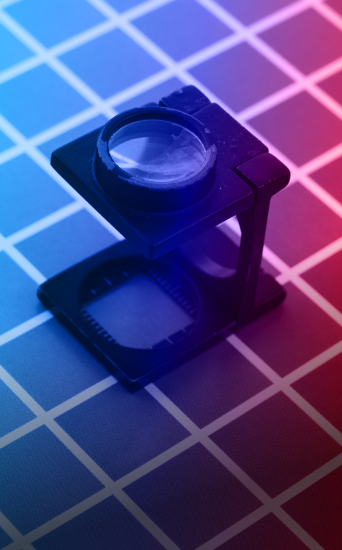
Scalable Data Center Solution
Secure your operations with iFortress, a deployable solution for mission-critical data centers and 705 compliance data centers. From airtight and watertight assembly to compliance with government standards, Future Tech’s iFortress provides unmatched protection. Engineered to adapt to your evolving needs, this scalable solution is deployable anywhere, every time.
Secure, Scalable,
and Deployable Anywhere
Fully Scalable
Future Tech’s iFortress is designed for flexibility, delivering scalable solutions that adapt to your evolving needs. Whether expanding or downsizing, iFortress’s modular configurations can expand, contract, and relocate, keeping your operations agile without sacrificing performance.
Rapidly Deployable
Time is critical when building mission-critical facilities. With iFortress, you can accelerate deployment without compromising quality. With pre-engineered, factory-finished panels, iFortress assembles within six to eight weeks, allowing you to become operational in a fraction of the time compared to conventional builds.
Efficient
With a modular design, iFortress minimizes resource waste and optimizes energy use with highly insulated, airtight environments. The scalable system also reduces real estate costs, maintenance needs, and operational overhead—all while offering reliable performance, no matter the location.
Secure
Future Tech’s iFortress meets the most stringent government and industry regulations, including being DIA and CIA accredited and ICS/ICD 705 and JFAN 6/9 SAPF compliant. From intrusion detection to RF/TEMPEST shielding, iFortress offers robust, multi-layered protection for your sensitive data and operations.
Risk Mitigation
iFortress is designed to prevent disasters before they happen. Our airtight, highly insulated system ensures a controlled environment, reducing the risks of humidity, dust, and extreme temperatures. The tightly controlled system helps mitigate physical threats like water damage, heat exposure, and dust for comprehensive protection of your data and assets.

Deep expertise across industries and the world
You can find our IT solutions at work in 170 countries. We serve leading enterprise companies in sectors from aerospace to education to healthcare to manufacturing, so we’re confident we have the expertise to serve you.








